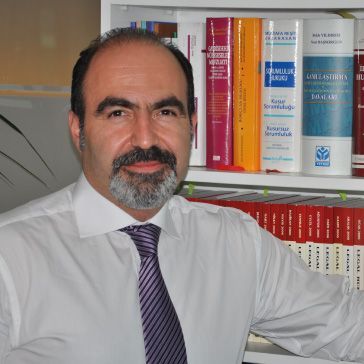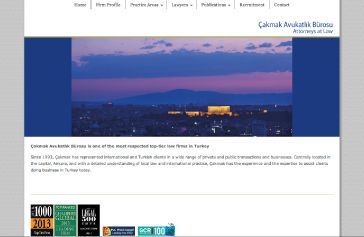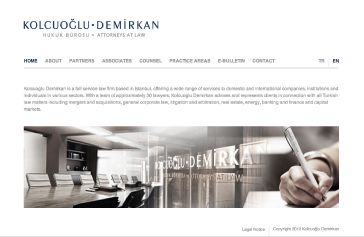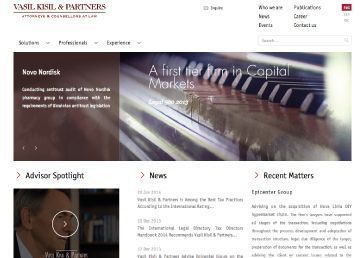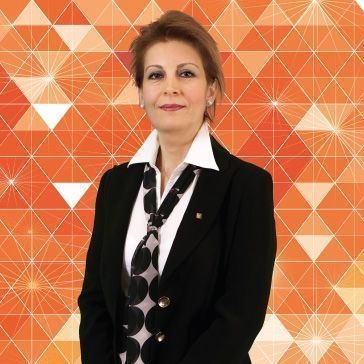Interview with Przemyslaw Witas, General Counsel at CEDC Poland.
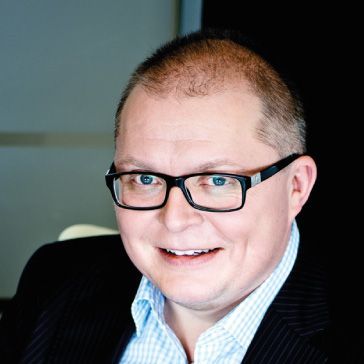
Przemyslaw Witas
CEELM: You’re the GC for CEDC in Poland. How much of your time is spent on IP matters?
PW: CEDC is a brand-oriented company, as is the entire Russian Standard Vodka group that we are a part of. Our brands make us unique player on what is a very competitive alcohol beverages market. This is the absolute must for me to spend time on the IP matters. They take from 30% to 60% of my time, depending on the brief. However, there are days when it is 100%.
This is a very interesting development for me; I joined CEDC as the senior Corporate/M&A person. That was my main profile after many years at Clifford Chance. During recruitment, I was told that IP would be on my agenda, but initially it was not a priority, as we focused on building the in-house legal function from scratch. I joined CEDC, originally the distributor, in a transition time, as they were becoming more and more brand-oriented. CEDC was built through acquisitions, with key brands inherited from a state-owned company. When CEDC wanted to expand its business, including exports, it became clear thattrademark issues had not been attended to properly by the previous owner. This is when IP entered my agenda.
I remember that after my first few months, management asked me to sort out the payment issue with the US IP counsel in New York. I got in touch with him and started to discuss different issues, and my eyes opened wider and wider. The conclusion was: There is a lot to do to protect our brands. Apparently, the cash flow opened the IP world for me. We reviewed relations with external IP counsel regarding our trademark portfolio in different jurisdictions. Shortly, we established an in-house IP function to handle issues from regular maintenance to ad hoc litigation. This is how my IP journey started and it continues.
I do not have the comfort to attend to IP issues exclusively, but indeed, I spend a lot of time on IP, managing key projects. It is a good example that lawyers must be ready to learn new things all the time. It is a challenge, but an enjoyable one!
CEELM: Is Poland’s protection of trademarks fairly robust compared to other European markets?
PW: Yes, Poland definitely provides a robust system. The awareness of IP rights continues to grow among businesses, the courts, and other authorities. The relevant legal environment is in place. IP protection at the customs level works very well in Poland. There are both administrative and civil law regulations that provide all necessary protection if used professionally.
On the civil law track, the Court for the Community Trademarks and Designs proceeds very efficiently, rendering fact-track and well-supported decisions, maintaining a unified approach. On the administrative law track, Poland’s Patent Office proceeds relatively slowly, but there is also a lot of improvement in both the speed and the quality of its decisions – which are based on both Polish and EU case law.
CEELM: Do you see/expect any significant changes in IP practices, regulation, or legislation coming soon?
PW: The European Commission prepared a large revision of the Trademark Directive and Trademark Regulation. When implemented, Poland would need to shift from the current system of the ex officio examination of the relative grounds for refusal of trademark protection to the system which is used by the EU trademark authority, the Office of Harmonization of Internal Market (OHIM). There would be no ex officio examination of relative grounds (just absolute ones), and this kind of examination would be possible upon opposition or cancellation only.
As far as national legislation is concerned, there is a plan to revise our main IP act – the Industrial Property Law of 2000. The legislative works are at an initial phase but the current guidelines suggest important changes, such as the long-awaited introduction of the so-called letters of consent, streamlining of the procedures at the Polish Patent Office, and improving the use of electronic communications with the Patent Office.
CEELM: Have you had any particular problems registering or protecting CEDC’s trademarks, in Poland or anywhere else?
PW: IP protection is dependent on the subjective interpretation of some general rules by the courts and authorities – and this is where some frustration comes from. The Patent Office tends to be more conservative, as its decisions are linked to a simple trademark similarity examination, while the civil law courts are more open to a market-orientated approach and the business context of trademark infringement. The common issue across different industries is that trademark owners’ expectations with regard to the scope of protection are wider than to the ones established under the court or authorities’ decisions.
In recent years, the trademark authorities have tended to limit the scope of protection of registered trademarks. This concerns especially the complex, non-traditional trademarks consisting of various elements (e.g. word, figurative, three-dimensional). New conflicting trademarks are often found dissimilar and oppositions are dismissed. This is not something specific for Poland, as it happens in other jurisdictions across Europe as well.
As we have a significant international trademark portfolio, we also face some local issues in jurisdictions outside Poland. For example, the lack of publicly-used trademark databases maintained by local Patent Offices (a particular problem in Kazakhstan, for instance) or unusually lengthy application and maintenance procedures (such as in India, where our application filed in 2006 is still pending).
The concept (established in the US and other jurisdictions) of strict trademark use as a necessary requirement to obtain and maintain a trademark registration, although based on an “open market” concept, is also a challenge since the labels evolve and change and it is sometimes difficult to correlate product launch with mandatory procedures of local trademark offices.
CEELM: Do you see a benefit in retaining international law firms to handle your IP matters, or are you comfortable/confident in retaining IP boutiques?
PW: One global counsel certainly provides a comfort, but it comes at huge costs since you need to pay for all coordination work that they provide. Only at a certain level does it make sense to go for this system.
At CEDC Poland we use the IP boutique model at the moment. We usually instruct different counsel in different jurisdictions, based on our know-how and the counsel matrix that we developed over the years. I still believe that a choice of legal counsel should be based on the lawyer, and not firm-driven. We can still afford this type of approach.
Obviously, the top international law firms usually provide top quality service across different jurisdictions, so you still end up using them for your major international projects. The level of service integration achieved by some of the London-based firms is impressive.
On the other side, New York elite firms still act through their referral firms when it comes to Poland or other CEE markets, and they can achieve very positive results. The only workable solution for us is to come out of a comfort zone, use know-how and experience and make the effort to search for the best solution in the circumstances instead of sticking to the regular, well-familiar choices of the past.
CEELM: Do you have lawyers working under you – in-house – who focus only on IP matters?
PW: Yes, we do. I have one experienced IP lawyer on my team, handling ongoing trademark maintenance as well as innovative projects from brand development to litigation. We work closely together as I need to stay on the top of all important IP projects, due to the high focus of our management on IP-related issues. My IP colleague handles domestic maintenance work in-house and manages local counsel on different projects in different jurisdictions. Our “crown jewel” trademark – Zubrowka – is registered in different forms in more than 100 jurisdictions. There is a lot of a work at CEDC when it comes to trademarks!
CEELM: What would you like to see – what would help you sleep better at night – from an IP perspective?
PW: Generally, I would like all those in the market place to focus on their own inventions and play fair. Only fair competition brings value for the business and the consumers. Unfortunately, there are still those “smart” individuals around whose main agenda is to build on others’ ideas and assets. This is why the legal function is crucial for any brand-orientated business.
We need to protect IP assets continuously, otherwise we would end up with a diluted brand of no value meaning we can close the business. This is the general brief that we implement every day. When it comes to the legal environment, despite all the improvements made by the Polish legal system in recent years, I would be happy to see even faster proceedings along with more consistent, transparent, and predictable case-law.
We also need more understanding from the authorities when it comes to protection of reputable trademarks, to find a proper balance between the interest of a reputable trademark holder and the interest of other market participants. Holders of reputable trademarks make huge investments in their brands to keep a high quality level and a sophisticated image. Due to different case law still in place, there is lack of certainty on the part of the holders of reputable trademarks as to the real borders of protection, including which trademark infringement cases can be successfully pursued.
